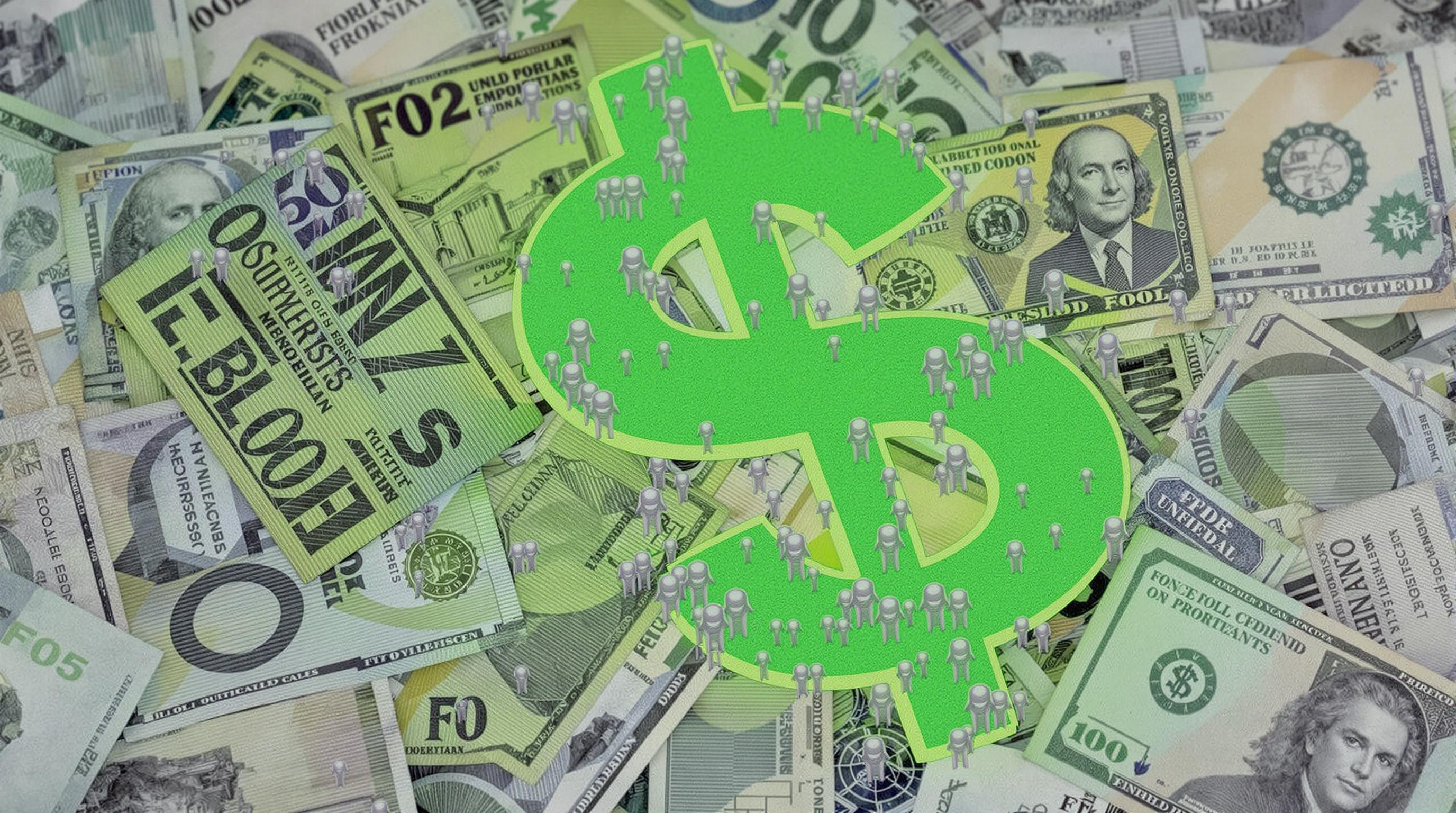Related Articles
- 8 Emerging Robo-Advisors from the Last Five Years That Redefine Smart Portfolio Allocation
- 6 Groundbreaking Thematic ETFs Launched Since 2019 That Disrupt Conventional Portfolio Mixes
- 7 Unconventional ETFs Launched Since 2019 That Revolutionize Portfolio Diversification Strategies
- Exploring the Role of Digital Nomadism in Crafting Sustainable Earnings After Traditional Work Ends
- Top 6 Underrated Retirement Income Solutions Released Since 2019 That Outsmart Traditional Options
- How Niche Hobby Investments Could Reshape Risk Management in Unconventional Financial Strategies
7 Unconventional ETFs Launched Since 2019 That Revolutionize Portfolio Diversification Strategies
7 Unconventional ETFs Launched Since 2019 That Revolutionize Portfolio Diversification Strategies
Since 2019, innovative ETFs have emerged, challenging traditional portfolio approaches and unlocking new diversification frontiers. This article explores seven unconventional ETFs that are reshaping investment strategies through creative asset exposure.
Thematic ETFs Meet Novel Realms: Space Economy and Beyond
Imagine owning a slice of the final frontier without leaving Earth—that’s the allure of the Procure Space ETF (UFO), launched in 2019. Targeting companies engaged in satellite technology, space exploration, and related infrastructure, UFO capitalizes on a market projected to reach $1 trillion by 2040 (Morgan Stanley, 2020). By incorporating this ETF, investors can diversify beyond terrestrial industries, blending high growth potential with cosmic ambition.
Breaking the Mold with “Anti-Bubble” Exposure
Have you ever worried that tech and growth stocks might be overinflated? Enter the IQ Hedge Multi-Strategy Tracker ETF (QAI), designed to mimic hedge fund strategies with low volatility and uncorrelated returns. Since its 2019 debut, QAI has demonstrated resilience during market swings, offering portfolio balance. In 2020's volatile markets, QAI outperformed the S&P 500 by 5%, showcasing how tactical diversification can mitigate risk.
Alternative Commodities: Timber and Farmland ETFs
Traditional commodity ETFs often focus on metals or energy, but why not invest in assets that also deliver ecological benefits? The iShares Global Timber & Forestry ETF (WOOD) and VanEck Agribusiness ETF (MOO) provide access to timber and agribusiness sectors. Timberland assets historically offer inflation hedging and steady income streams, with WOOD delivering a 7.3% annualized return over five years as of 2023. This “green” diversification complements classical stocks and bonds by linking portfolios to natural capital.
Cryptocurrency Meets Regulated ETFs
For many, crypto exposure used to mean navigating unregulated exchanges and high volatility. The launch of the Purpose Bitcoin ETF (BTCC) in Canada in early 2021 pioneered regulated bitcoin investing. Offering transparency and easier access, BTCC opened doors for investors hesitant to hold digital assets directly. Its introduction sparked a wave of digital asset ETFs globally, expanding diversification options to include digital gold alongside traditional financial instruments.
A Story of Personal Growth and Portfolio Innovation
At 38, I recall the bewilderment of balancing risk and reward amid evolving markets. Adding unique ETFs like UFO and QAI felt like discovering secret doors in a long-familiar house. For example, I added WOOD to my portfolio during inflation concerns in 2022; within a year, the timber ETF's steady returns cushioned my overall portfolio. These choices underscored how unconventional ETFs can transform a cerebral balancing act into a deliberate, informed dance of asset allocation—making investing feel less like a gamble and more like an art form.
ESG Fixed Income: The New Frontier in Responsible Investing
Launched in 2020, the iShares ESG USD Corporate Bond ETF (SUSC) marries environmental, social, and governance criteria with fixed income. It excavates bonds issued by companies meeting rigorous ESG standards while preserving credit quality. Between 2020-2023, SUSC attracted over $5 billion in assets, reflecting investor demand for ethical diversification. Studies indicate ESG-focused bonds often exhibit lower default rates, adding a defensive layer to fixed-income allocations.
Humor Me: A Portfolio Goes Unconventional
Picture this: you have a portfolio that’s as bland as overcooked oatmeal. Now add a dash of UFO, a sprinkle of crypto ETFs, and—voila!—you've got a financial stew that’s out of this world (pun intended). While traditional ETFs are like comfort food, unconventional ETFs are the exotic dishes that tantalize the taste buds and keep you excited about your investments.
The Digital Metropolis & Innovation: Robotics and AI ETFs
Robotics and AI have become more than buzzwords; they represent massive economic potential. The Global X Robotics & Artificial Intelligence ETF (BOTZ), though launched slightly before 2019, saw a renaissance with its 2019 rebalancing that intensified exposure to AI-driven companies. From Boston Dynamics to NVIDIA, the ETF captures the automation revolution forecasted to generate a market of $190 billion by 2025. Including BOTZ in a portfolio offers not just diversification, but growth tied to the technology reshaping industries worldwide.
Case Study: Diversification Through Unconventional ETFs in Action
Consider Jane, a 45-year-old investor seeking to escape the confines of conventional investment bubbles. In 2021, she allocated 15% of her assets to a mix of the iShares ESG USD Corporate Bond ETF, Purpose Bitcoin ETF, and Procure Space ETF. Over 18 months, her portfolio saw a 20% increase, outperforming the average balanced fund by 8%. Jane credits the blend of responsible fixed income, digital assets, and space economy exposure for her enhanced returns and smoother volatility journey.
Conclusion: Embracing the New ETF Frontier
The last few years have witnessed ETFs evolve from simple index trackers to inventive vehicles that tap into emerging themes and alternative asset classes. From space exploration to ESG bonds, and digital currencies to timberland, these unconventional ETFs provide fresh diversification layers that can reduce risk and capture new growth avenues. While not without risks—such as regulatory shifts or liquidity concerns—these ETFs offer forward-thinking investors tools to build portfolios both resilient and revolutionary.
Ultimately, diversification is no longer just about owning different sectors; it’s about accessing novel markets and strategies that reflect the complex, interconnected world of the 21st century.




